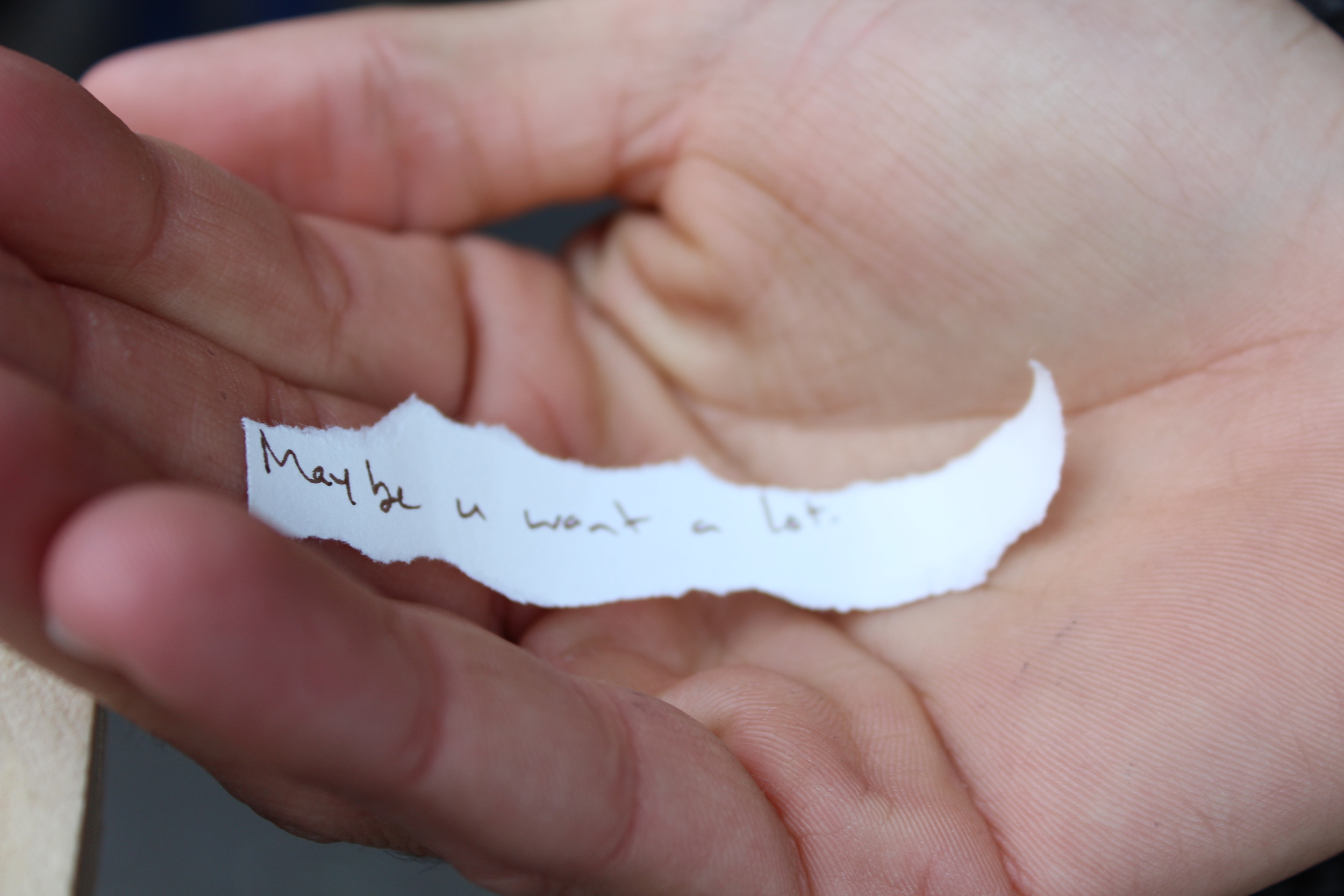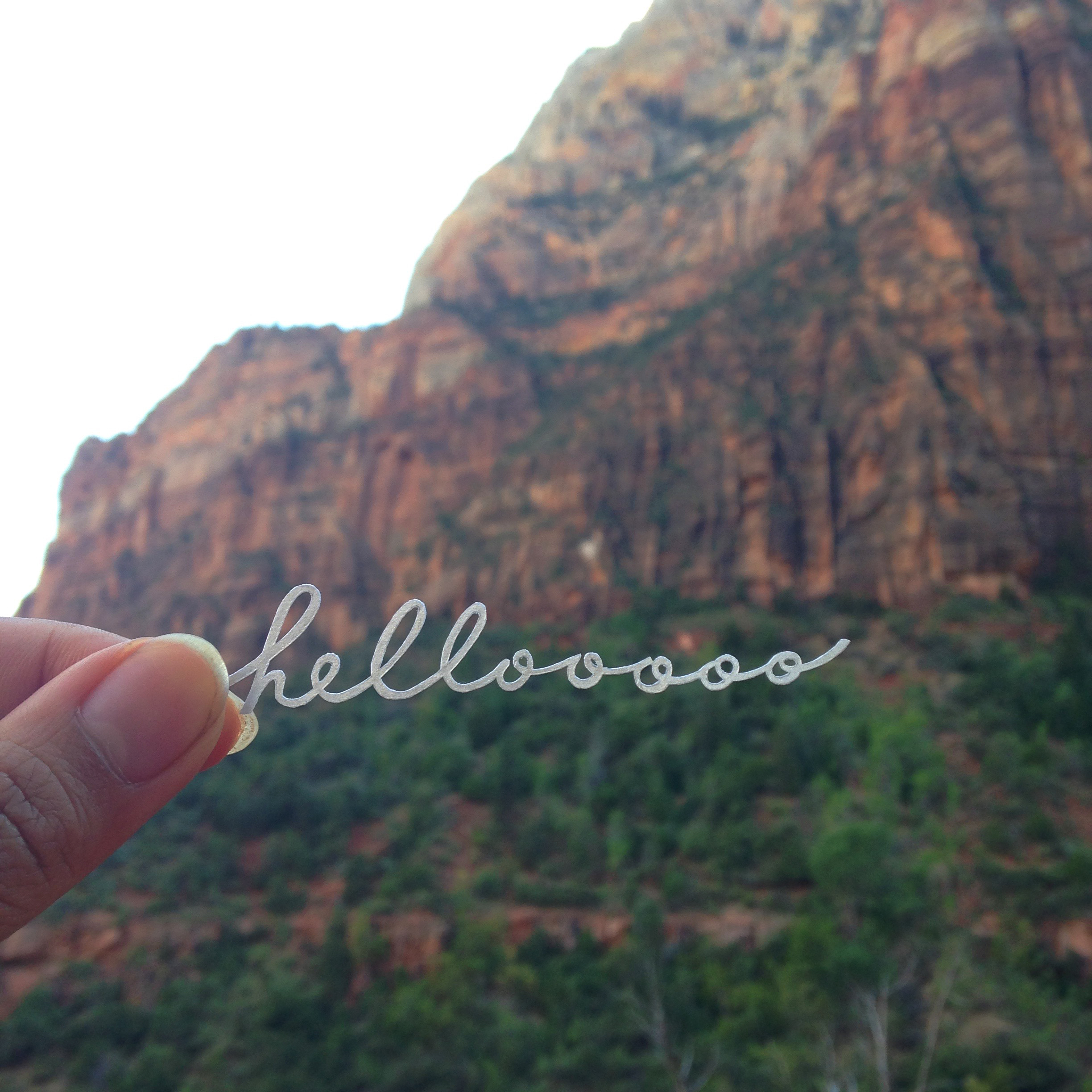What stories will your handwriting tell?
Bretty Rawson
Is handwriting really a lost art? Mary Savig, Curator of Manuscripts at The Smithsonian's Archives of American Art, says no. And we agree, which is why we have bonded, and for two months, banded together to help celebrate the launch of their latest anthology, Pen to Paper. Edited by Savig, this art object brings together worlds of insight on handwriting: the personal with the professional, and the past as translated by the present. Published by the one and only Princeton Architectural Press, Pen to Paper showcases letters written between American artists, their intimates, and colleagues. In this online exhibition, you will find interviews and reflections from contributors expanding on their essays in the book alongside a selection of letters from the Archives.
"And yet, handwriting continues to prove its fluidity. The craft of handwriting had flourished online, especially on social media. Artists, thinkers, and makers alike are experimenting with penmanship in innovative ways. Demonstrations of calligraphy can be found on YouTube and hand-scribed cards flourish on Etsy. In the past few years, curator Hans-Ulrich Obrist has rebooted autograph collecting by posting handwritten notes--usually jotted down on Post-It Notes--by contemporary artists on Instagram, where anyone is welcome to add comments. With this in mind, let's not mourn handwriting as a lost at, or even as a dying art. As snail mail fades from contemporary culture as a primary mode of communication. the vast array of handwritten letters in the Archives of American Art remains relevant and ready for new generations to discover. Let's celebrate how imaginative correspondence now exists in material and digital forms, posing new ways of thinking about art, history, and culture. In the spirit of this book, pick up your pen and write a letter today. What stories will your handwriting tell?"
- Mary Savig, Introduction, Pen to Paper (page 23)
















